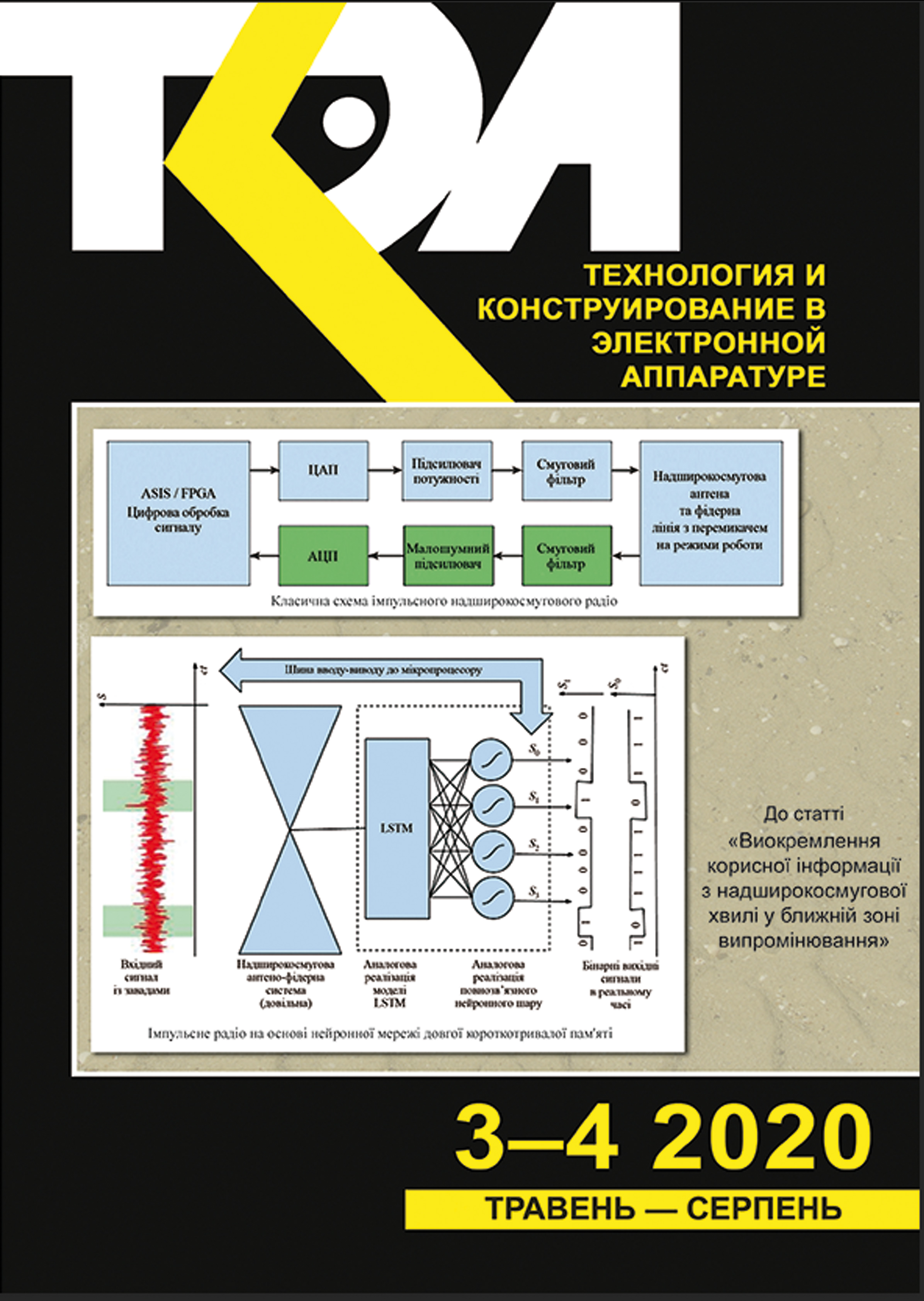Heat transfer characteristics of miniature two-phase thermosyphons with nanofluids
Abstract
This paper presents and analyzes experimental data on the total thermal resistances of two-phase miniature thermosyphons with nanofluids; the geometric parameters of the thermosyphons for all experimental samples are identical: total length 700 mm, internal diameter 5 mm. The following nanofluids used as heat carriers are: aqueous nanofluid based on carbon nanotubes, aqueous nanofluid based on synthetic diamond, and aqueous nanofluid based on amorphous carbon. Much attention is also paid to the influence of the filling ratio on the heat transfer characteristics of the thermosyphons. The influence of filling ratio and types of nanofluid on the performance of miniature closed two-phase thermosyphons is demonstrated.
References
Tawfik M. M. Experimental studies of nanofluid thermal conductivity enhancement and applications: A review. Renewable and Sustainable Energy Reviews, 2017, vol. 75, pp. 1239–1253. https://doi.org/10.1016/j.rser.2016.11.111
Chandrasekar M., Suresh S., Senthilkumar T. Mechanisms proposed through experimental investigations on thermophysical properties and forced convective heat transfer characteristics of various nanofluids. A review. Renewable and Sustainable Energy Reviews, 2012, vol. 16, pp. 3917–3938. https://doi.org/10.1016/j.rser.2012.03.013
Ghadimi A., Saidur R., Metselaar H. A review of nanofluid stability properties and characterization in stationary conditions.Int. J. Heat Mass Transfer, 2011, vol. 54, pp. 4051–4068. https://doi.org/10.1016/j.ijheatmass¬trans¬fer.¬2011.04.014
Mahbubul I.M. Preparation, Characterization, Properties and Application of Nanofluid. Norwich, New York, William Andrew, 2019, 350 p.
Terekhov V.I., Kalinina S.V., Lemanov V.V. [The mechanism of heat transfer in nanofluids: current state of the problem (review). Part 1. Synthesis and properties of nanofluids]. Teplofizika i aeromekhanika, 2010, vol.17, no. 2, pp. 173–188. (Rus)
Liu Z. H., Yang X. F., Guo G. L. Effect of nanoparticles in nanofluid on thermal performance in a miniature thermosyphon. Journal of Applied Physics, 2007, vol. 102, pp. 1–9. https://doi.org/10.1063/1.2748348
Liu Z. H., Yang X. F., Guo G. L. Influence of carbon nanotube suspension on the thermal performance of a miniature thermosyphon. Int. J. Heat Mass Transfer, 2010, vol. 53, pp. 1914–1920. https://doi.org/10.1016/j.ijheatmasstransfer.2009.12.065
Naphon P., Assadamongkol P., Borirak T. Experi¬men¬tal investigation of titanium nanofluids on the heat pipe ther¬mal efficiency. INT COMMUN HEAT MASS, 2008, vol. 35, pp. 1316–1319. https://doi.org/10.1016/j.icheatmasstransfer.2008.07.010
Naphon P., Thongkum D., Assadamongkol P. Heat pipe efficiency enhancement with refrigerant–nanoparticles mixtures. Energy Conversion and Management, 2009, vol. 50, pp. 772–776. https://doi.org/10.1016/j.enconman.2008.09.045
Noie S.H., Heris S. Z., Kahani M., Nowee S.M. Heat transfer enhancement using Al2O3/water nanofluid in a two-phase closed thermosyphon. Int. J. of Heat and Fluid Flow, 2009, vol. 30, pp. 700–705.
Parametthanuwat T., Rittidech S., Pattiya A. A. Correlation to predict heat-transfer rates of a two-phase closed thermosyphon (TPCT) using silver nanofluid at normal operating conditions. International Journal of Heat and Mass Transfer, 2010, vol. 53, pp. 4960–4965. https://doi.org/10.1016/j.ijheatfluidflow.2009.03.001
Paramatthanuwat T., Boothaisong S., Rittidech S., Bood¬da¬chan K. Heat transfer characteristics of a two-phase closed thermosyphon using de ionized water mixed with silver nano. Heat Mass Transfer, 2010, vol. 46, pp. 281–285. https://doi.org/10.1007/s00231-009-0565-y
Huminic G., Huminic A., Morjan I., Dumitrache F. Experimental study of the thermal performance of thermosyphon heat pipe using iron oxide nanoparticles. Int. J. Heat Mass Transfer, 2011, vol. 54, pp. 656–661. https://doi.org/10.1016/j.ijheatmasstransfer.2010.09.005
Huminic G., Huminic A. Heat transfer characteristics of a two-phase closed thermosyphons using nanofluids. Experimental Thermal and Fluid Science, 2011, vol. 35, pp. 550–557. https://doi.org/10.1016/j.expthermflusci.2010.12.009
Xue H. S., Fan J. R., Hu Y. C., Hong R. H., Cen K. F. The interface effect of carbon nanotube suspension on the thermal performance of a two-phase closed thermosyphon. Journal of Applied Physics, 2006, vol. 100, pp. 1–6. https://doi.org/10.1063/1.2357705
Khandekar S., Joshi Y. M., Mehta B. Thermal performance of closed two-phase thermosyphon using nanofluids. International Journal of Thermal Sciences, 2008, vol. 47, pp. 659–667. https://doi.org/10.1016/j.ijthermalsci.2007.06.005
Kravets V. Yu., Nekrashevich Ya. V., Goncharova A. P. [Investigation of thermal resistance of miniature heat pipes]. Eastern-European Journal of Enterprise Technologies, 2011, vol. 1, no. 9, iss. 49, pp. 55-60. (Ukr)
Kravets V.Yu. [Heat exchange in miniature evaporation-condensation cooling systems] Ph.D. thesis abstract, NTUU "Igor Sikorsky Kyiv Polytechnic Institute", Кyiv, 2016, 41 p. (Ukr)
Copyright (c) 2020 Kravets V. Yu., Hurov D. I.

This work is licensed under a Creative Commons Attribution 4.0 International License.

